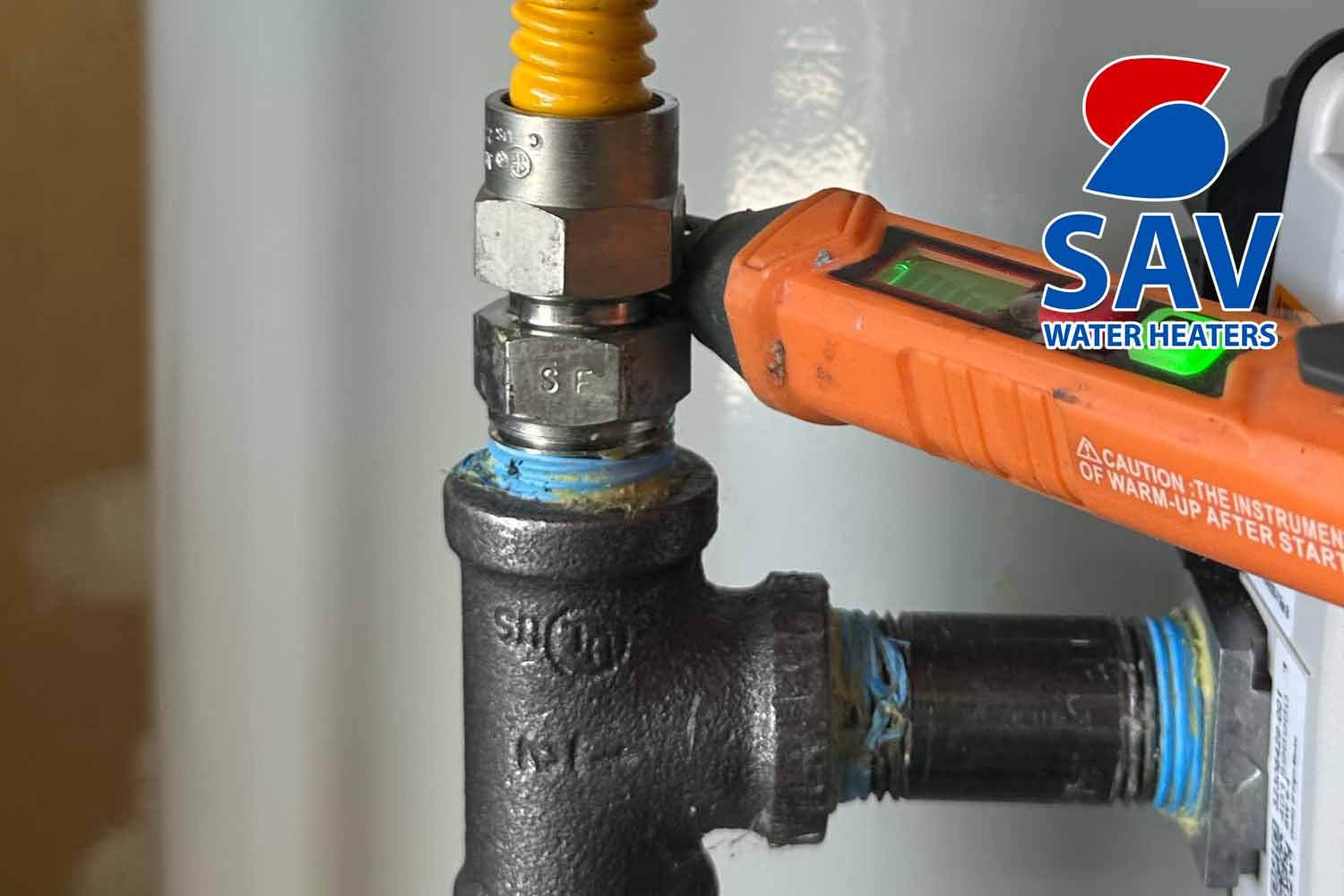As a homeowner, maintaining your water heater is essential to ensure a reliable supply of hot water and extend the lifespan of the unit. Whether you have a gas, electric, or tankless water heater, proper care and attention can save you from costly repairs and unexpected breakdowns. In this article, we'll cover key water heater maintenance tips that every homeowner should know to keep their water heater running efficiently for years to come.
 Why Water Heater Maintenance Is Important
Why Water Heater Maintenance Is Important
Water heaters are one of the most heavily used appliances in any home, and over time, they can experience wear and tear. Regular maintenance is crucial to:
- Prolong the lifespan of your water heater
- Maintain energy efficiency
- Reduce the risk of leaks or malfunctions
- Ensure your hot water supply remains consistent
- Prevent costly repairs or early replacement
Follow these essential water heater maintenance tips to keep your unit in peak condition.
1. Flush the Tank to Remove Sediment Buildup
One of the most important water heater maintenance tasks is flushing the tank to remove sediment buildup. Sediment, such as minerals from hard water, can accumulate at the bottom of the tank, reducing efficiency and causing damage over time.
- Turn off the water heater (gas or electric) and allow it to cool.
- Connect a garden hose to the drain valve located at the bottom of the tank.
- Place the other end of the hose in a suitable drainage area (such as outside or in a large bucket).
- Open the drain valve and allow the water to flow out until it runs clear.
- Close the valve, remove the hose, and refill the tank.
Perform this task at least once a year to prevent sediment buildup from damaging your water heater.
2. Check and Replace the Anode Rod
The anode rod is a crucial component that helps prevent corrosion inside your water heater tank. Over time, the anode rod will degrade as it attracts corrosive elements in the water. Inspecting and replacing the anode rod every 3 to 5 years can significantly extend the life of your water heater.
- Turn off the water heater and release the pressure by opening a hot water tap.
- Locate the anode rod (usually at the top of the water heater) and use a socket wrench to remove it.
- If the rod is heavily corroded or less than ½ inch thick, replace it with a new one.
- Install the new rod, ensuring it is tightly secured.
By replacing the anode rod as needed, you can avoid rust and prolong the life of your water heater.
3. Test the Pressure Relief Valve
The temperature and pressure relief (T&P) valve is an important safety feature that releases excess pressure inside the water heater tank. If this valve malfunctions, it could lead to dangerous pressure buildup.
- Turn off the power or gas supply to the water heater.
- Place a bucket beneath the T&P valve (located on the side or top of the water heater).
- Lift the valve’s lever to release water for a few seconds, then let it snap back into place.
- If water continues to drip from the valve after the test, it may need to be replaced.
Check the T&P valve at least once a year to ensure it's functioning correctly.
4. Adjust the Temperature Settings
Setting your water heater’s temperature too high can lead to energy waste and increase the risk of scalding. The U.S. Department of Energy recommends setting the thermostat to 120°F (49°C) for optimal efficiency and safety. Adjusting the temperature is easy and can save you money on your energy bills.
- For gas water heaters: Turn the dial on the gas control valve to 120°F.
- For electric water heaters: Adjust the thermostat (usually behind a panel) using a flathead screwdriver.
Regularly checking and adjusting the temperature setting can prevent overheating and prolong the lifespan of your unit.
5. Inspect the Water Heater for Leaks
Leaking water heaters can cause significant damage if not addressed promptly. Inspect the tank, pipes, and connections regularly for any signs of moisture or leaks. If you notice water pooling around the base of the unit or dripping from the pressure relief valve, it’s essential to take action immediately.
If a leak is detected, call a professional to assess the situation and determine whether the water heater can be repaired or if replacement is necessary.
6. Schedule Professional Maintenance
While homeowners can perform some maintenance tasks, it’s also essential to schedule professional inspections and maintenance at least once a year. Licensed technicians can perform a more thorough inspection, identify potential problems, and ensure your water heater is operating safely and efficiently.
Conclusion
Maintaining your water heater is crucial to ensure its efficiency, longevity, and safety. By following these water heater maintenance tips, you can prevent costly repairs and extend the life of your unit. Remember, if you encounter any issues beyond basic maintenance, the experts at SAV Water Heaters are here to help. Contact us today for professional water heater maintenance and repair services.